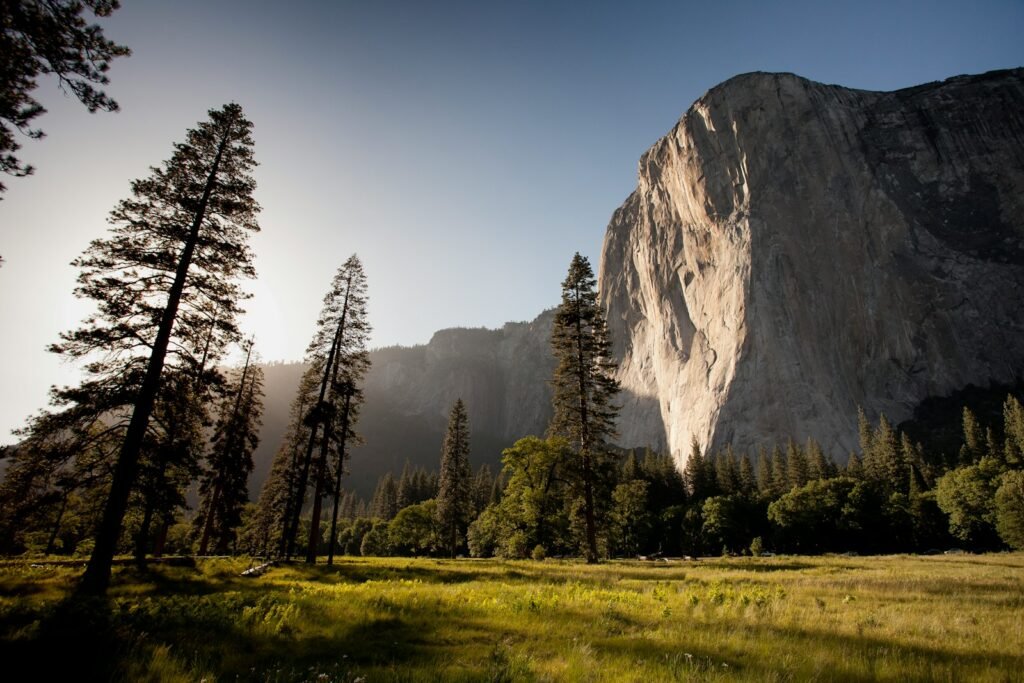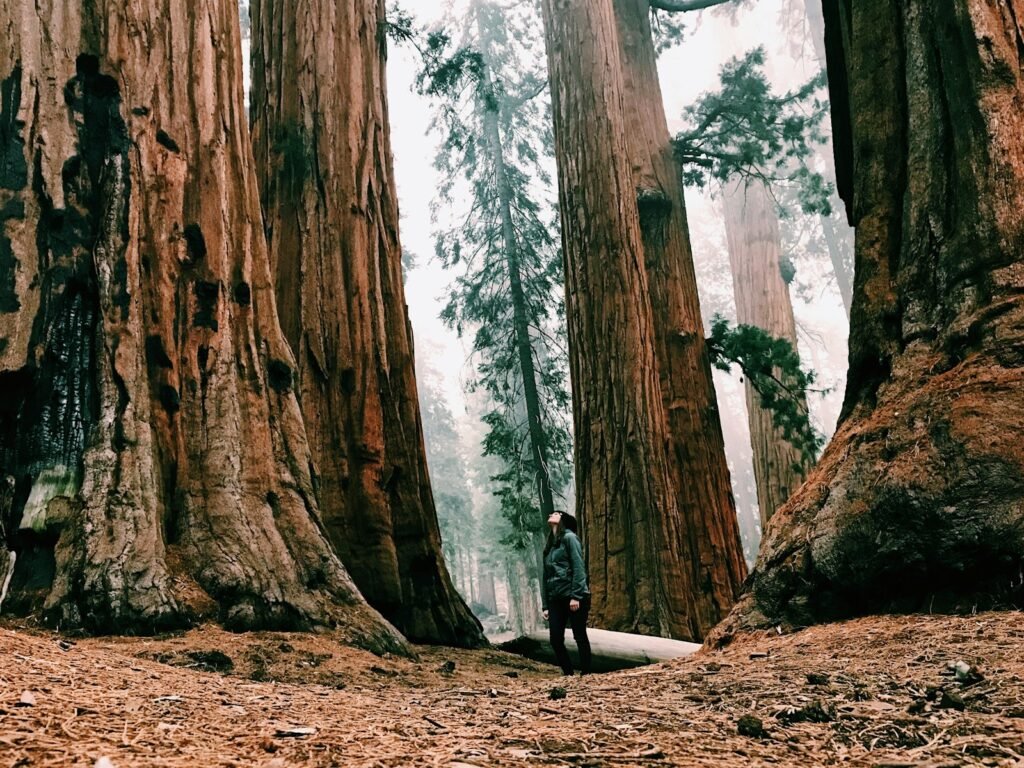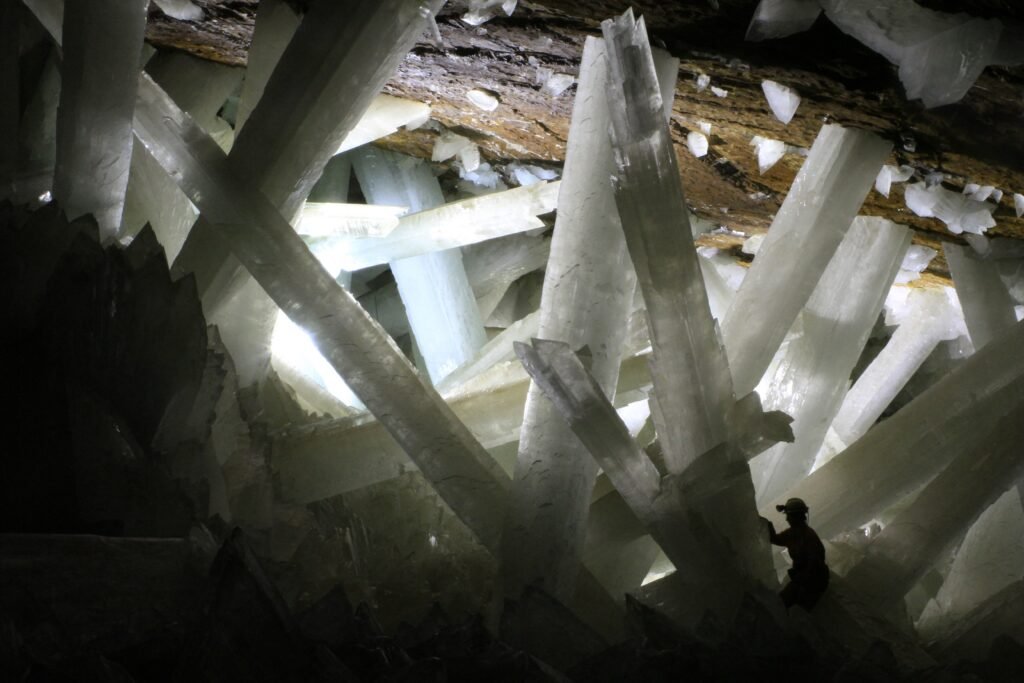Astrology may be ancient, but the science of landscapes is very much alive – erupting, eroding, migrating, and adapting in real time. As visitation surges and climate shifts redraw habitats, travelers want a smarter way to choose experiences that feel personal and still respect the land. Here’s a playful but grounded approach: align each zodiac’s core traits with U.S. national parks whose geology, ecology, and mood fit like a glove. Think of it as a new kind of field guide, where personality meets plate tectonics and stargazing meets self-knowledge. If it nudges one more person toward curiosity, science literacy, and low-impact adventure, that’s a win for everyone.
From Ancient Symbols to Modern Science
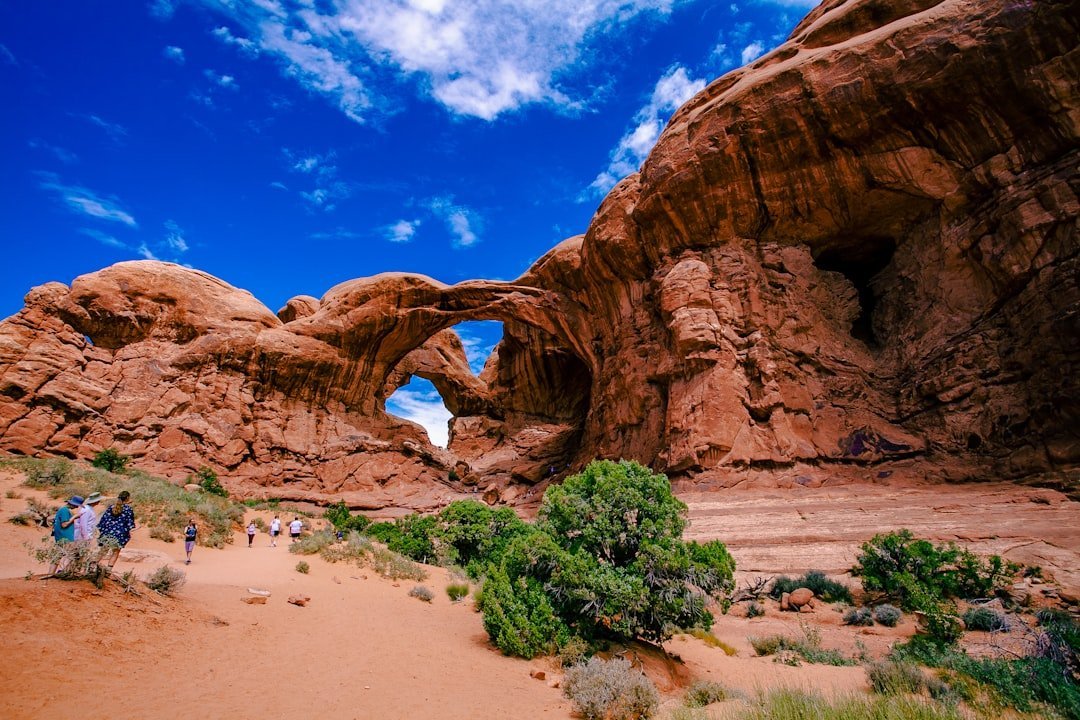
What if the best way to choose your next national park wasn’t a listicle, but a mirror – one that reflects your instincts back through stone, sky, and tide? This isn’t about fate; it’s about finding the kind of environment where your attention naturally wakes up, which science tells us boosts learning and memory. Landscape psychologists point to biophilia – the human pull toward nature – as a driver of well-being, and the right match amplifies that effect.
So we mapped zodiac archetypes to parks using measurable traits: energy, pace, sensory richness, and opportunities for wonder or challenge. Along the way, we leaned on hard facts – geology timelines, biodiversity counts, and restoration stories – because enchantment rings louder when it’s true. Consider this your atlas of meaning, tuned to the rhythms of the American wild.
Fire Signs in Motion
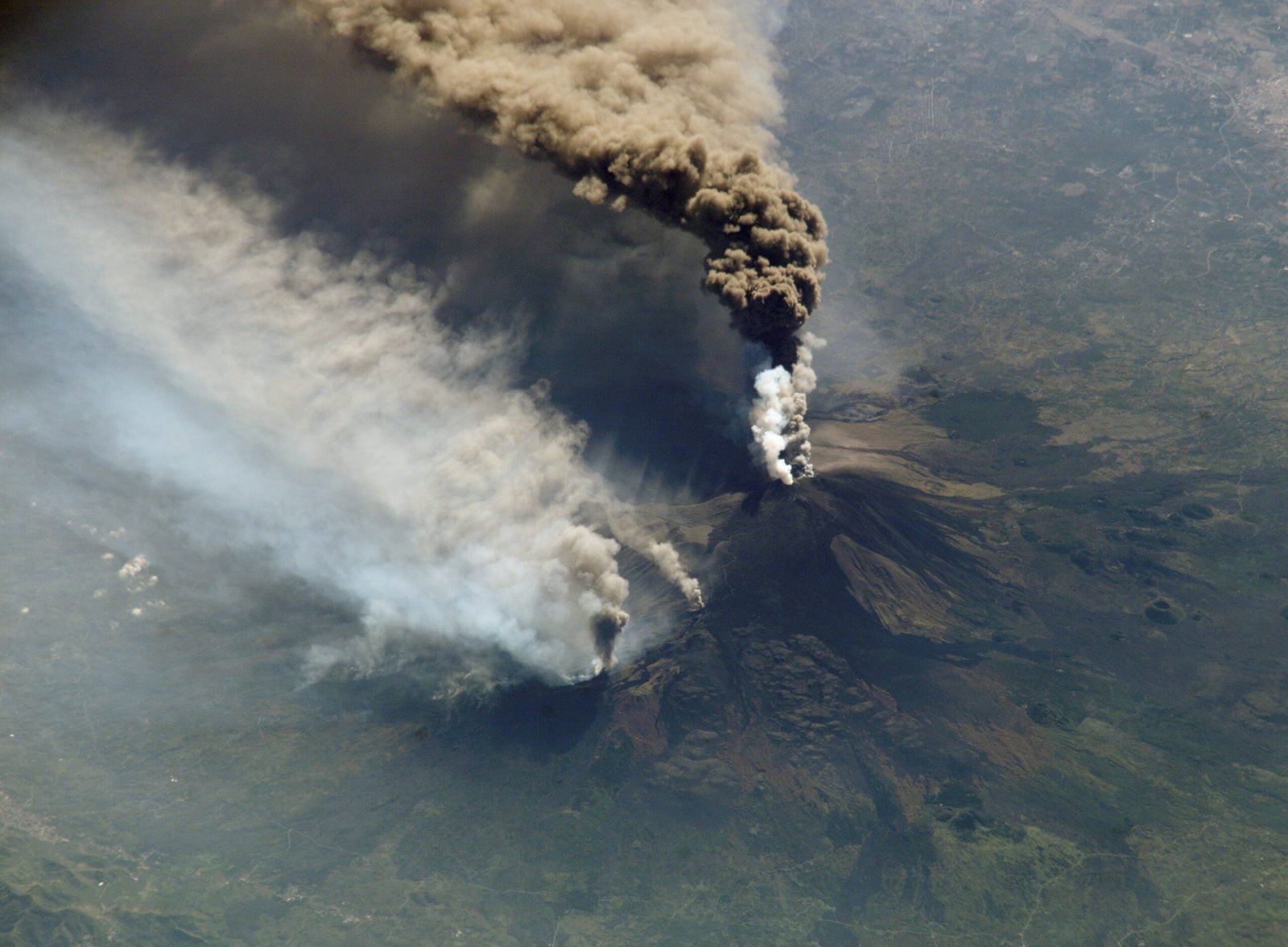
Aries finds home in Hawai‘i Volcanoes National Park, where an active hotspot writes fresh chapters in basalt and steam; kinetic landscapes suit a sign that thrives on beginnings. Leo lights up at Yellowstone National Park, a natural amphitheater of geysers, bison herds, and chromatic springs that turns raw heat into spectacle without apology. Sagittarius roams Denali National Park, chasing big horizons and North America’s highest summit through braided rivers, taiga, and untrammeled silence.
These parks reward boldness but demand respect: volcanic gases, thermal pools, and subarctic weather leave no room for bravado. Adventure is the hook; humility is the lesson, taught by plate boundaries, megafauna, and alpine winds. Fire meets its match – and learns to listen.
Earth Signs, Grounded Wonders
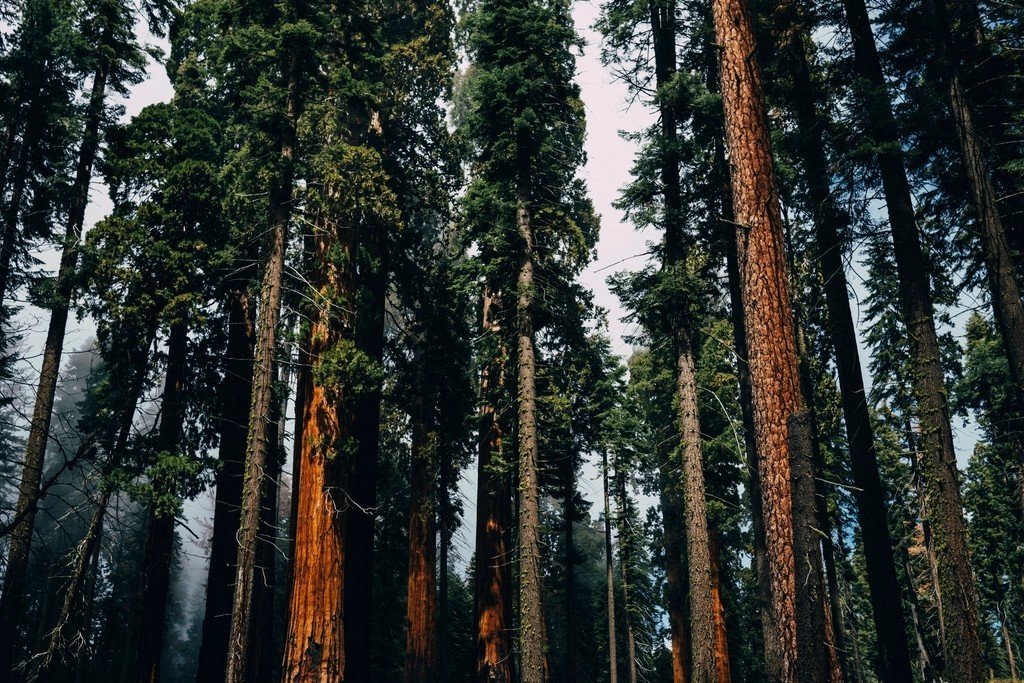
Taurus breathes deeper among the giant sequoias of Sequoia & Kings Canyon National Parks, where cinnamon-barked colossi stabilize the senses and fire-adapted ecosystems whisper patience. Virgo thrives in Acadia National Park, reading tide tables like lab notes and peering into tidepools where barnacles, sea stars, and periwinkles chart the clockwork of the Moon. Capricorn tests grit on Grand Canyon National Park’s switchbacks, tracing deep time in layered sandstone, limestone, and schist that compress ambition into focus.
These landscapes don’t shout; they endure, rewarding careful observation and steady steps. From prescribed burns that protect sequoia groves to intertidal zonation studies in Acadia, Earth signs get the science with the serenity. The rock record is the syllabus, and it’s always open.
Air Signs, Open Horizons
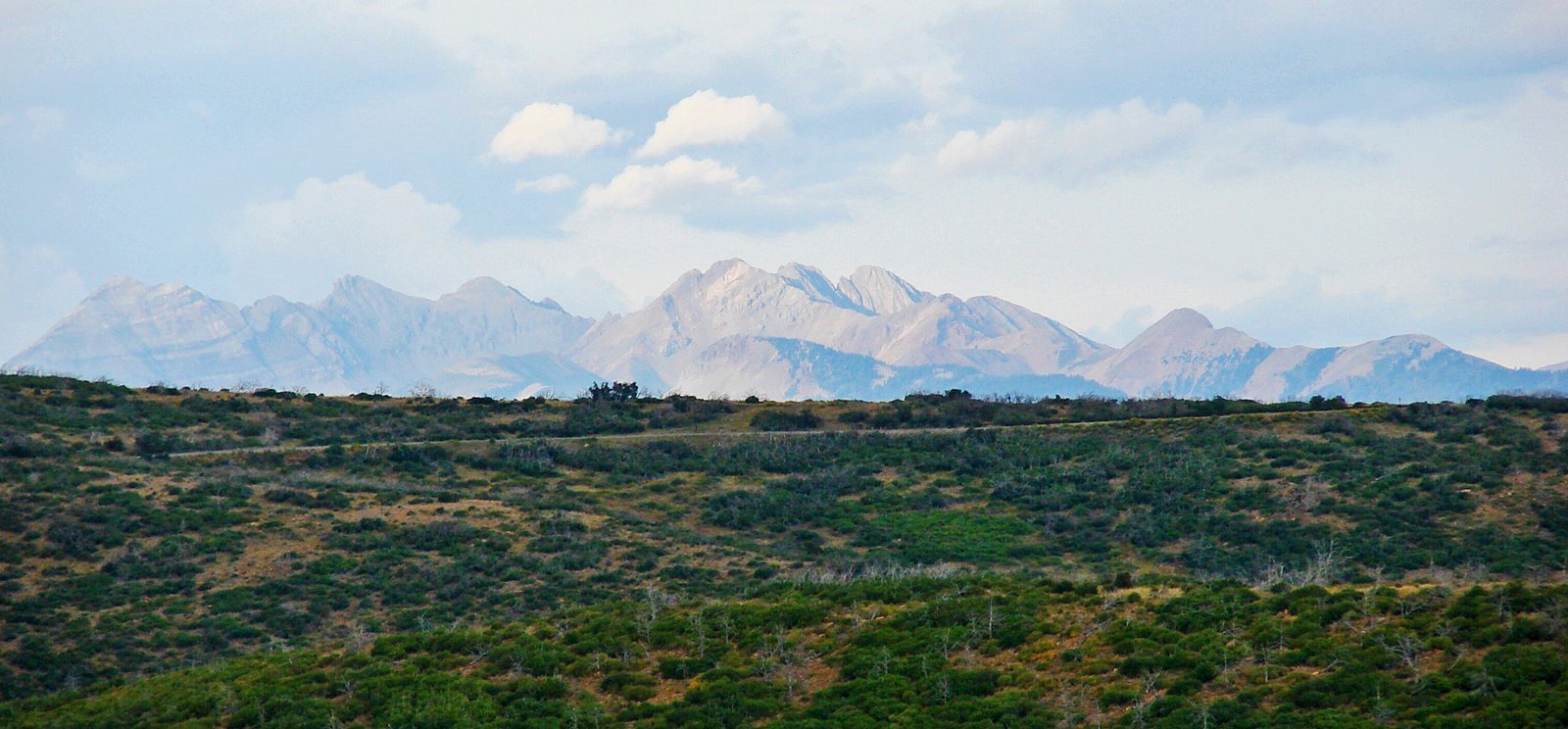
Gemini delights in Great Smoky Mountains National Park, where biodiversity swirls across ridgelines, cove forests, and firefly displays that feel like Morse code from the hills. Libra seeks balance at Arches National Park, wandering a geologic gallery of fins, windows, and more than two thousand natural stone arches that turn erosion into poise. Aquarius heads to Big Bend National Park, an International Dark Sky Park where desert silence and a river border invite iconoclastic thinking under galaxies you can actually see.
Air signs crave exchange – signals, symmetry, and ideas – and these parks deliver with weather shifts, celestial clarity, and elegant rock mechanics. On misty Smokies mornings, I’ve felt conversations stretch the way fog does, thin but everywhere. The message rides the breeze, and the horizon answers back.
Water Signs, Tides and Mysteries
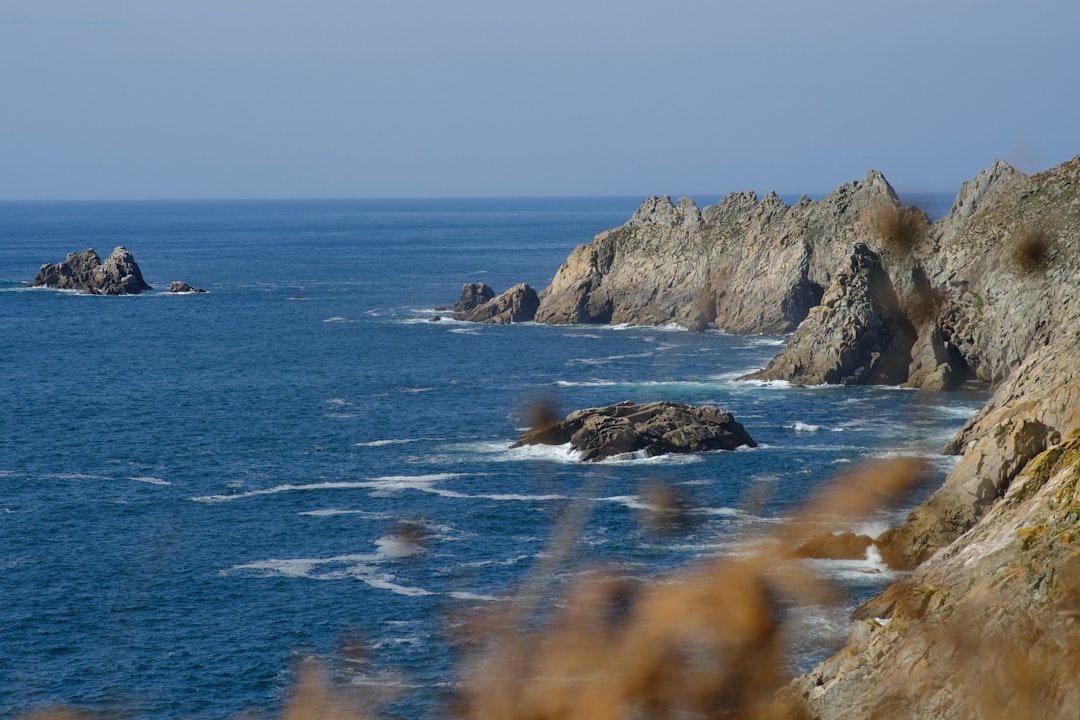
Cancer finds kinship in Olympic National Park, moving from storm-lashed coast to emerald rainforest to glacier-carved peaks, nesting in the sensory comfort of dripping moss and tidepools. Scorpio descends to Carlsbad Caverns National Park, where sulfuric acid once etched cathedral chambers and bat flights echo the sign’s love of transformation and depth. Pisces floats through Biscayne National Park, a mostly underwater realm of seagrass meadows, mangroves, and coral communities that turn sunlight into living sculpture.
These waterscapes are tender and tough, teaching about salinity swings, karst chemistry, and coral stress under warming seas. Listening is the superpower here – listening to swells, drips, and the hush between breaths on a snorkel. Wonder arrives submerged, and it stays.
Why It Matters
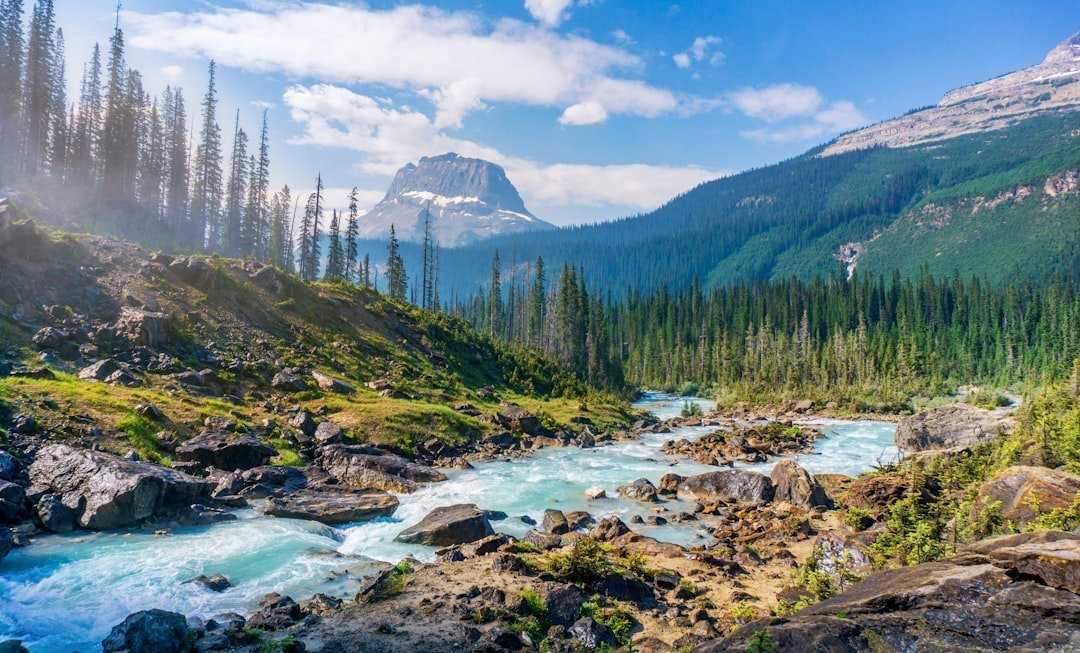
Matching signs to parks may sound whimsical, but it smuggles in a serious point: personal resonance increases engagement, and engaged visitors become better stewards. Traditional guidebooks rank sights; this approach ranks fit, helping people choose places that align with their bandwidth for risk, crowds, and terrain. When fit improves, accidents drop, expectations reset, and the land keeps more of its integrity.
There’s also a public-science edge: curious travelers ask better questions, fueling everything from citizen science to productive ranger conversations. If a zodiac doorway gets someone reading fire ecology or cave microbiology, that curiosity compounds over a lifetime. Conservation needs more doorways, not fewer.
The Future Landscape
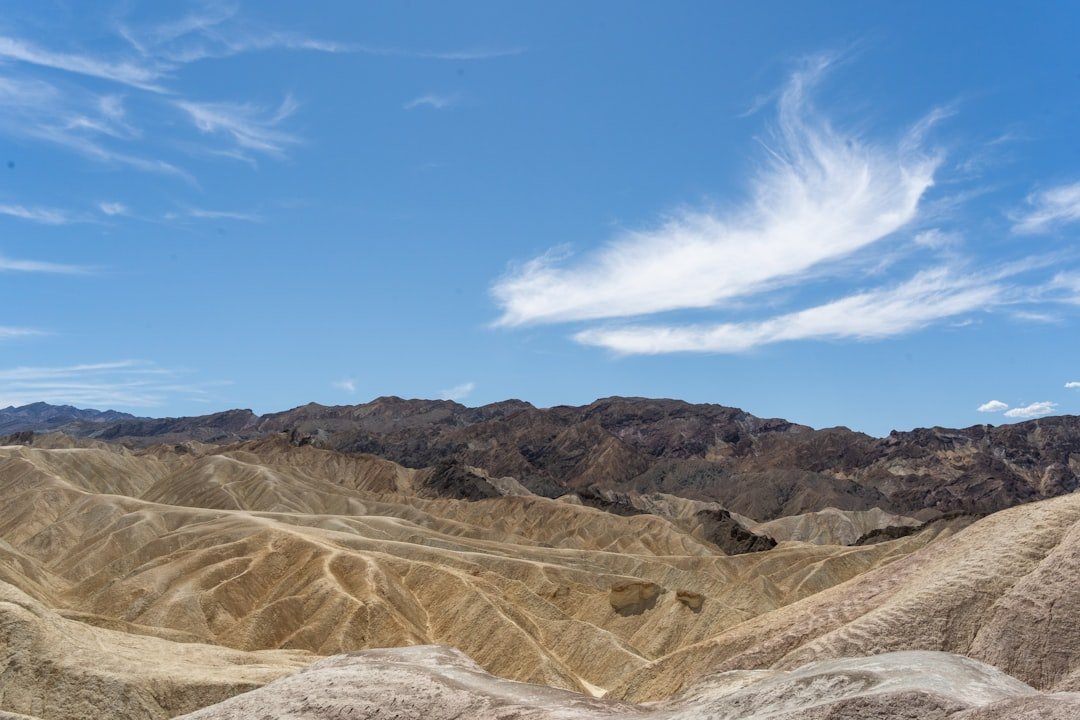
The next decade will reshape these parks and how we meet them: hotter summers, longer fire seasons, and flashier rain events will redraw access windows and habitat maps. Expect more timed-entry systems, shuttle expansions, and trail reroutes designed to protect sensitive soils and wildlife while maintaining visitor experience. In caves and canyons, acoustic monitoring and environmental DNA are already revealing hidden species and migration patterns once invisible to the naked eye.
Night-sky sanctuaries like Big Bend will matter even more as urban light blooms, making astronomy an equity issue as much as an aesthetic one. Coral restoration in places like Biscayne will hinge on heat-tolerant strains and careful nursery work, while giant sequoias rely on climate-smart fire management. The takeaway is simple: adaptation will be the new trailhead sign everyone reads.
Conclusion
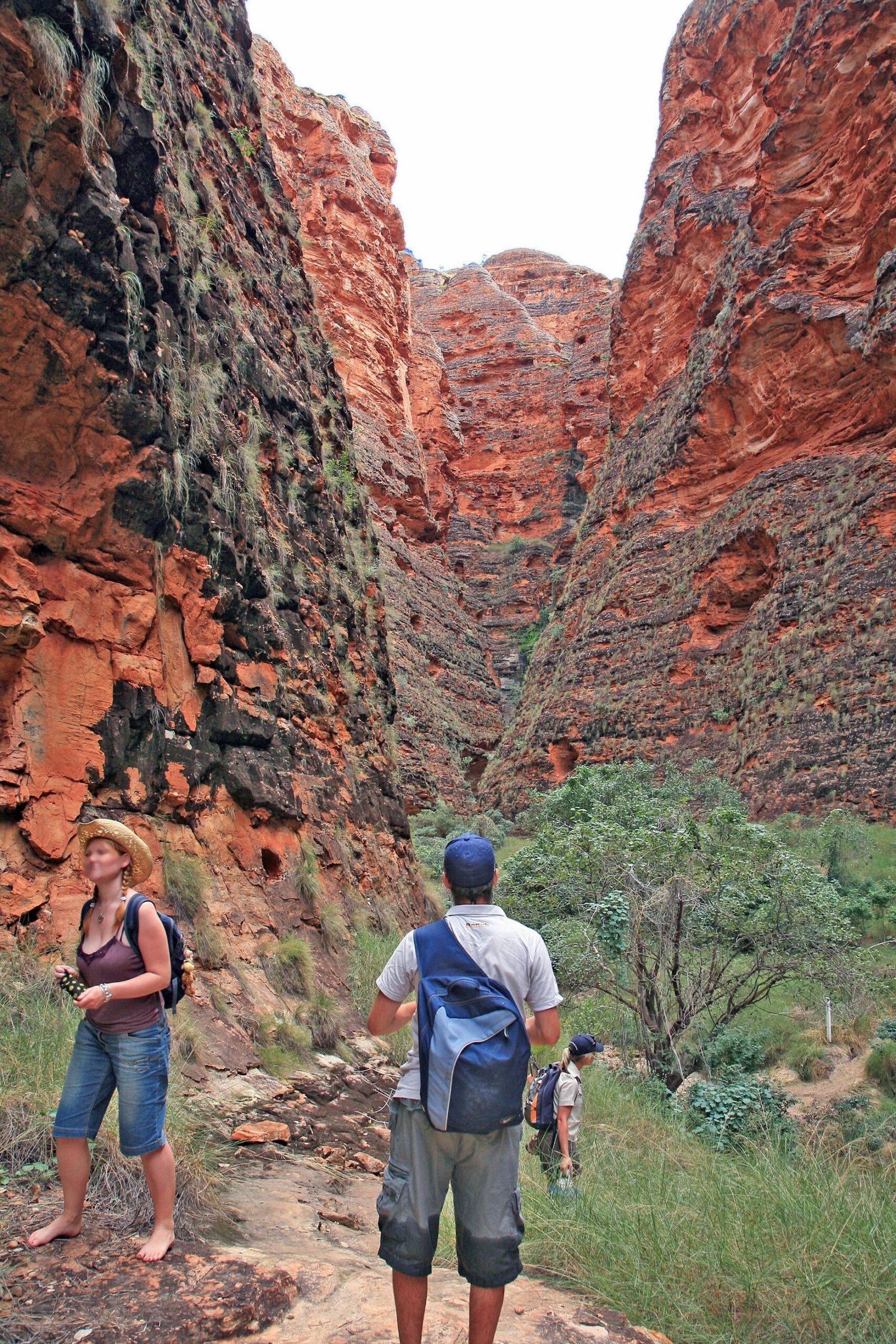
Pick your sign’s park, then plan like a scientist: check seasonal conditions, learn the ecological story, and set a pace that leaves room for wonder. Travel light, pack out everything, and practice the quiet arts – staying on durable surfaces, giving wildlife distance, and letting darkness be dark.
Support park science and stewardship with small, steady acts: donate to friends groups, volunteer on trail days, and share accurate natural history in your social circles. Most of all, bring someone new, especially a kid, because awe multiplies in company. Ready to meet the park that fits you as naturally as your shadow – what would you choose first?

Suhail Ahmed is a passionate digital professional and nature enthusiast with over 8 years of experience in content strategy, SEO, web development, and digital operations. Alongside his freelance journey, Suhail actively contributes to nature and wildlife platforms like Discover Wildlife, where he channels his curiosity for the planet into engaging, educational storytelling.
With a strong background in managing digital ecosystems — from ecommerce stores and WordPress websites to social media and automation — Suhail merges technical precision with creative insight. His content reflects a rare balance: SEO-friendly yet deeply human, data-informed yet emotionally resonant.
Driven by a love for discovery and storytelling, Suhail believes in using digital platforms to amplify causes that matter — especially those protecting Earth’s biodiversity and inspiring sustainable living. Whether he’s managing online projects or crafting wildlife content, his goal remains the same: to inform, inspire, and leave a positive digital footprint.

